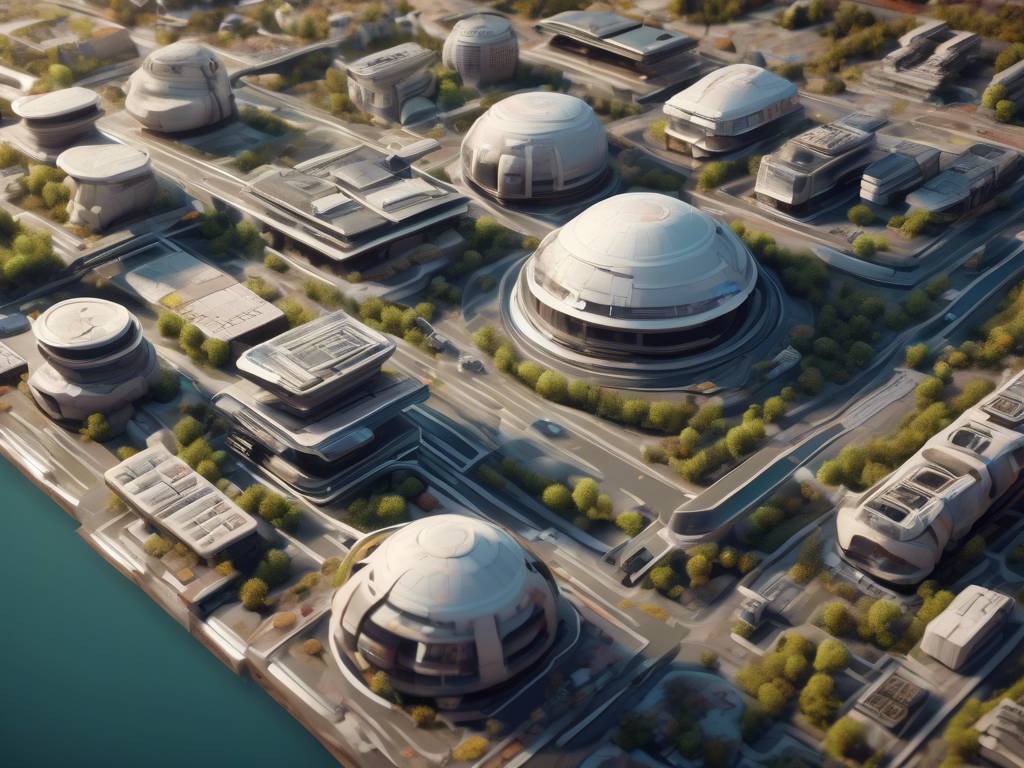Exploring the Economic Impact of Artificial General Intelligence (AGI) Development
As the transition to Artificial General Intelligence (AGI) becomes a topic of interest and speculation, economists Anton Korinek and Donghyun Suh delve into the economic implications of AGI development in a recent working paper. Let’s explore the key insights from their analysis:
The Relationship Between Technological Progress, Output, and Wages
- The authors propose a framework that breaks down human work into atomistic tasks with varying complexity levels.
- Advances in technology enable the automation of more complex tasks, potentially leading to full automation with AGI.
The Race Between Automation and Capital Accumulation
- Slow automation progress may allow for continued human work and rising wages.
- If full automation is achieved, wages may collapse, especially if large-scale automation outpaces capital accumulation.
The Impact on Productivity Growth and Factor Returns
- Automation of productivity growth can lead to gains in all factors of production.
- Bottlenecks in growth from scarce resources may worsen wage declines.
Understanding Complexity Space and Economic Outcomes
- The distribution of tasks in complexity space plays a crucial role in economic outcomes.
- Uncertainties remain about the transition, with factors like task distribution and computational limits affecting economic results.
Contributions to the Future of Work Discussion
- The research by Korinek and Suh adds valuable insights to the conversation about AI’s impact on work.
- By analyzing different scenarios for AGI transition, the paper provides clarity on potential effects on output, wages, and human welfare.
Hot Take: Navigating the Future of Work with AGI Development
As we ponder the implications of Artificial General Intelligence (AGI) on the economy, it’s crucial to consider the complex interplay between automation, capital accumulation, and productivity growth. The insights from Korinek and Suh’s research shed light on potential scenarios and outcomes in the transition to AGI. By understanding the dynamics at play, policymakers, researchers, and industry leaders can better prepare for the evolving landscape of work in the age of automation.





 By
By
 By
By
 By
By

 By
By
 By
By